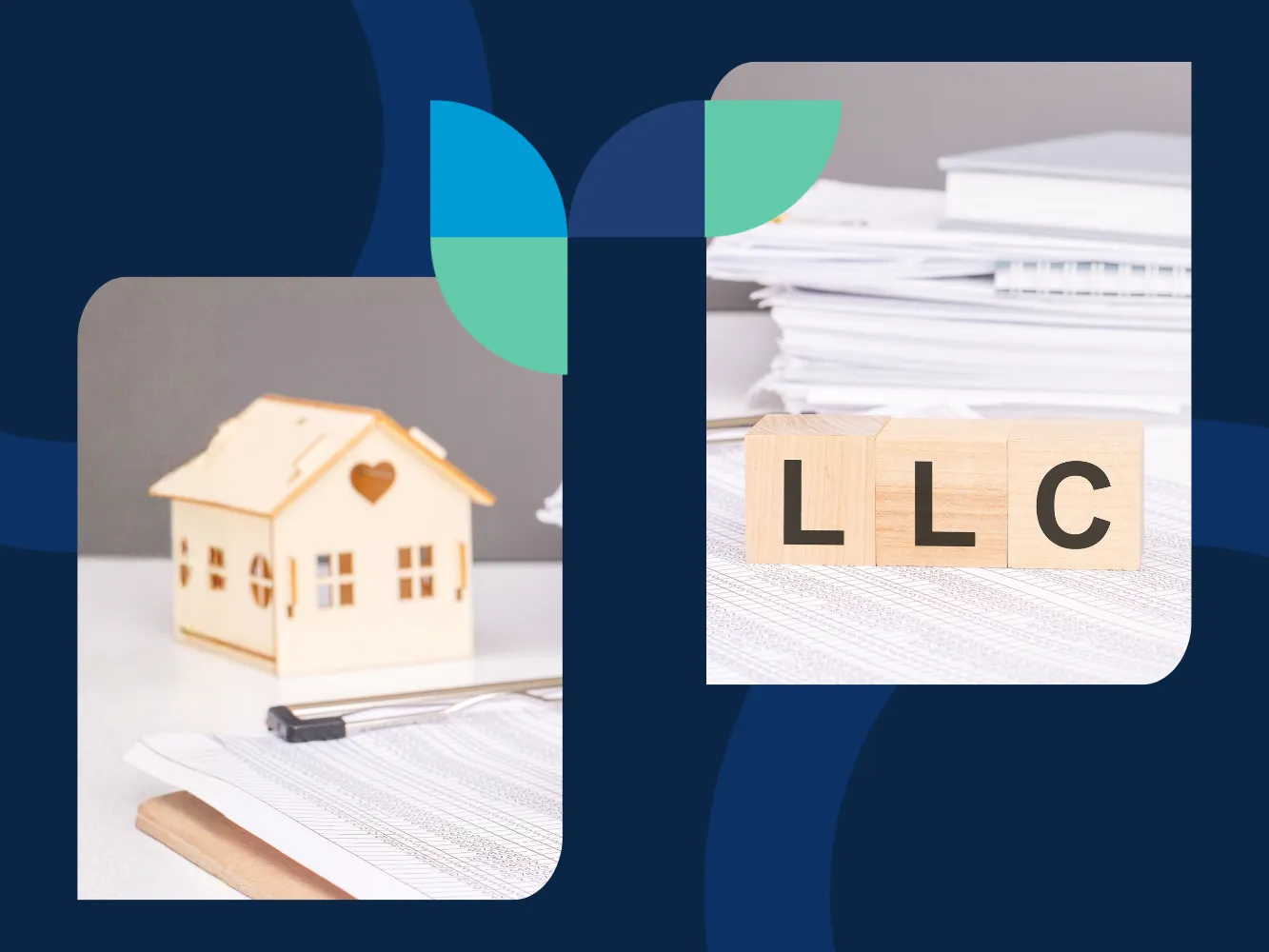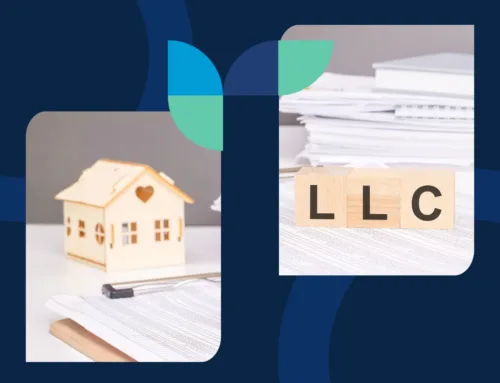Managing rental property comes with rewards—but also with risk. As a landlord, you are responsible for maintaining safe premises and protecting yourself when things go wrong. Resident and third-party liability claims against property owners have risen sharply in recent years.
Premises liability claims make up 36% of all landlord losses—more than any other type. One misstep—a cracked walkway, a broken handrail, an unmarked hazard—can lead to a personal injury claim that puts your assets and livelihood at risk.
Liability insurance for landlords serves as a critical safeguard. It protects landlords against legal claims and financial losses from bodily injury or damage others suffer on their rental property.
What Is Landlord Liability Insurance?
Landlord liability insurance for rental property provides protection when someone alleges that your negligence led to their injury or damage to their property. Most policies are occurrence-based, meaning you’re covered for any claim arising from an incident while the policy was active, even if the claim surfaces later.
Typical claims include:
- Bodily injury: A resident’s guest trips on an uneven step and requires surgery.
- Property damage: A falling tree from your rental property damages a neighbor’s vehicle.
- Legal defense costs: Even if the claim is ultimately dismissed, you may incur $10,000 to $20,000 or more in attorney fees.
Liability insurance is typically bundled as part of a comprehensive landlord insurance policy. However, landlords with significant holdings or high-risk properties may choose additional standalone or umbrella policies to boost protection.
A key benefit is that coverage often applies even when landlords were unaware of the hazard, as long as legal liability is ultimately established.
Why You Need Landlord Liability Insurance
No matter how carefully you maintain your property, accidents happen. Liability insurance acts as your financial safety net.
- Legal risk mitigation: The average trip-and-fall settlement ranges from $30,000 to $250,000. Without insurance, the landlord bears these costs.
- Protection from legal fees: Defense costs frequently exceed $15,000, even when the landlord wins.
- Peace of mind: You can focus on resident satisfaction and property improvements, knowing you have reliable coverage.
Consider a real-world example: a resident slips on icy stairs and sues for $78,000 in medical expenses. Without insurance, that cost would come directly from the landlord’s savings. With proper coverage, the insurer absorbs the loss.
Key Components and Coverage Details
Bodily Injury Liability
Covers medical costs, legal fees, and judgments if someone is injured on your property.
Property Damage Liability
Covers claims related to damage caused to another person’s belongings due to conditions or incidents linked to your property.
Coverage Limits and Deductibles
Typical policies carry coverage limits between $100,000 and $1 million. Medical payments to others may be sub-limited, often at $5,000 or $10,000 per incident. Deductibles vary but represent the portion of any claim you paid before insurance coverage activates.
Common Exclusions
Landlord liability insurance generally does not cover the following:
- Damage to your property (that falls under property insurance)
- Intentional harm by the landlord
- Normal wear and tear or maintenance issues
Sub-limits and Third-Party Claims
Policies define third parties as residents’ guests, vendors, delivery personnel, or even passersby—not the landlord or residents themselves in some cases. Review sub-limits and coverage conditions closely.
How Liability Insurance Fits into Your Overall Insurance Strategy
A sound insurance strategy for rental property owners starts with comprehensive landlord insurance, which includes liability coverage. Many single-family rental owners bundle liability with property damage and loss of rental income protection.
Larger landlords, or those in densely populated areas, may opt for higher liability limits or supplemental umbrella policies. For example:
- A single-family rental owner in Arizona may bundle with a $300,000 liability limit.
- A landlord of a 12-unit building in New York City may purchase $1 million or more in liability coverage due to greater foot traffic and regulatory risk.
The structure of your portfolio and local legal environment should guide your choices.
Factors Affecting the Cost of Landlord Liability Insurance
Liability insurance is highly affordable relative to the protection it provides. Pricing varies by:
- Property type and condition: Newer and well-maintained buildings generally cost less to insure.
- Location: Urban and coastal properties often carry higher premiums.
- Resident screening practices: Thorough vetting of applicants may lower rates.
- Prior claims history: A record of claims increases future costs.
Typical premium ranges:
- Single-family rental: $150 to $500 per year
- Small multifamily property (2–4 units): $400 to $1,000 per year
Insurers may offer discounts for:
- Routine property inspections
- Having written lease agreements with indemnification clauses
- Installing safety features such as handrails, proper lighting, and secure fencing
Legal and Regulatory Considerations
Landlords face specific legal obligations under state and municipal landlord-tenant laws. Many jurisdictions impose strict liability expectations on property owners.
Landlord liability insurance for rental property helps you meet these standards while practicing sound risk management:
- Keep dated maintenance logs
- Document repairs and resident communications
- Conduct scheduled safety inspections
- Ensure your leases include properly drafted hold-harmless clauses
For example, some cities (like New York City or San Francisco) impose higher maintenance expectations and more aggressive legal recourse for injured third parties. A well-structured policy provides critical protection in such regulatory environments.
Case Studies and Real-World Scenarios
Case 1: Trip and Fall
A resident’s guest falls down deteriorating outdoor steps. The claim settles for $125,000, covering medical bills and legal fees.
Case 2: Injury from Maintenance Failure
A resident is injured when a poorly secured ceiling fan detaches. Under the landlord’s liability coverage, the insurer pays $500,000.
Case 3: Water Damage Claim
A pipe bursts in winter, damaging a resident’s personal property. The resident’s guest sues the landlord for negligence. After liability is proven, the landlord’s policy covers $60,000.
The landlords avoided financial ruin in all cases because they maintained adequate liability coverage.
Conclusion and Final Recommendations
Liability claims are not a distant possibility; they are a growing risk for property owners. Liability insurance for landlords is essential for anyone serious about protecting their rental business and personal assets.
To protect yourself:
- Honestly evaluate the risks specific to your properties
- Choose liability coverage limits that reflect your property values and potential legal exposure
- Review your policies annually or when your portfolio changes
- Work with an experienced insurance advisor who understands landlord risk
At PURE Property Management, we help property owners like you manage risk smartly so you can focus on what matters most: providing safe, welcoming homes for your residents.
Additional Resources and FAQs
Visit our comprehensive landlord insurance guide for more information on landlord insurance options or to speak with a PURE Property Management expert.
You can also explore these resources if you want to know more about property management:
- What is The Rental Vacancy Rate and How to Minimize It
- How to Increase Rent on Your Rental Property: All You Need to Know
- How to Find Investment Properties for Your Rental Portfolio
If you have further questions about landlord liability coverage, contact PURE today.








